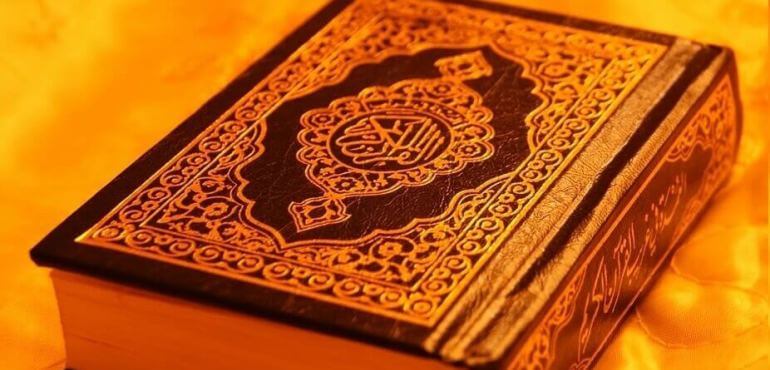
! Note: You can take Free Trial Lesson for this course with no obligations.
Learn Ten Qirat (Ten Readings)
Despite the difference in dialects, you can memorize the Quran with the ten readings or with the narration that suits you.
What are the fruits of this course?
--Learning the benefits of different readings, deducing these benefits from the Quranic verses, and sensing Allah's mercy on His servants in facilitating the reading of the Holy Quran in several ways.
--Deducing wisdom and rulings from the meaning of each word, and their persistence in revealing guidance, explanation, and preference.
--Revealing the secret of Allah in His book and protecting it from change and difference despite it being on these many aspects and exaggerating its miracle with its brevity, as the diversity of readings is like verses, and if the meaning of each word was made a verse separately, it would not be hidden what was in it of length.
--Relieving the nation and facilitating reading for it. The conclusive evidence that the Quran is the word of Allah Almighty, and the truth of the one who brought it, who is the Messenger of Allah, may Allah bless him and grant him peace; Because these differences in reading, despite their abundance, do not lead to contradiction and conflict in what is read, nor to incoherence and laziness, but rather the entire Qur’an, with its diverse readings, confirms one another, clarifies one another, and bears witness to one another.
What affects you when you do not study this course?
--The ease of memorizing the Holy Qur’an, and facilitating its transmission to this nation, generation after generation, indicates this meaning, that memorizing a word of it with more than one reading, makes it easier to learn and teach it, and more in accordance with the nature of the Arabic language, which the Qur’an was revealed according to the styles of their language, and the multiplicity of their dialects.
--Mastering its letters and narrations, and clarifying its aspects and readings, and in that is confirmation of the Almighty’s saying:
{Indeed, it is We who sent down the message [i.e., the Qur’ān], and indeed, We will be its guardian.} (Al-Hijr: 9).
--Studying under a sheikh, so that his memorization is correct, and his recitation cannot be correct unless he reads under a sheikh because he is the one who teaches him Tajweed, and whoever memorizes on his own is mistaken.
--Training under a sheikh who is authorized and proficient in the recitations, and you recite from memory a complete Khatmah with the narration of Hafs from the path of Al-Shatibiyyah.
--You recite a Khatmah with the recitation of Asim, combining the narrations of Shu'bah and Hafs, and you benefit in preparation from the book of Al-Riyash in the narration of Shu'bah bin Ayyash, Training on the principles of each reciter and narrator separately, and in preparation you need to acquire the text of Al-Shatibiyyah and the text of Al-Durrah and a commentary on them, and the book Al-Idh'ah by Sheikh Al-Daba', and the book Al-Budur Al-Zahira by Sheikh Abdul Fattah Al-Qadi.



